How to Choose the Right Construction Waste Dumpster for Your Next Project: A Complete Guide
In the construction industry, managing waste effectively is crucial for ensuring project timelines and budgets are adhered to. According to a report by the Environmental Protection Agency (EPA), construction and demolition debris accounted for approximately 600 million tons of waste in the United States in 2019 alone, representing a significant environmental concern.
 Choosing the right construction waste dumpster is therefore essential for contractors and project managers looking to streamline their operations while minimizing environmental impact. With various sizes, types, and regulations to consider, understanding the nuances of construction waste dumpsters can significantly enhance waste management strategies.
This guide aims to provide comprehensive insights and practical tips on selecting the most appropriate dumpster for your upcoming projects, ultimately leading to increased efficiency and sustainability in the construction workflow.
Choosing the right construction waste dumpster is therefore essential for contractors and project managers looking to streamline their operations while minimizing environmental impact. With various sizes, types, and regulations to consider, understanding the nuances of construction waste dumpsters can significantly enhance waste management strategies.
This guide aims to provide comprehensive insights and practical tips on selecting the most appropriate dumpster for your upcoming projects, ultimately leading to increased efficiency and sustainability in the construction workflow.
Understanding the Different Types of Construction Waste and Their Disposal Needs
When undertaking a construction project, understanding the various types of construction waste is crucial for effective disposal. Different types of debris, such as concrete, wood, metal, and drywall, each have unique disposal needs. For instance, concrete and brick are typically heavy materials that may require specialized dumpsters capable of handling significant weight, while softer materials like wood can be disposed of in standard containers. Proper classification of these materials not only ensures compliance with local regulations but also enhances recycling efforts.
Moreover, initiatives focused on waste segregation are pivotal in fostering responsible disposal practices among residents. By educating citizens on the importance of separating waste into categories—such as dry and wet waste—communities can significantly improve their overall waste management processes. In cities like Patna, efforts to engage the public in proper segregation techniques have shown to be gamechangers, promoting a cleaner urban environment and reducing the burden on landfill sites. Addressing disposal needs through proper education and awareness campaigns ultimately leads to more sustainable construction practices.
Evaluating Project Size and Waste Volume for Appropriate Dumpster Size Selection
When embarking on a construction project, one of the key considerations is determining the right size of dumpster to accommodate the waste generated. Evaluating the project size is crucial; larger projects such as commercial buildings will typically produce significantly more waste than smaller residential renovations. For instance, if you're working on a major renovation, you might need a 30-yard dumpster, while a small bathroom remodel could be efficiently managed with a 10-yard option. Understanding the scope of your project allows you to predict the volume of debris you need to handle, ensuring that you select a dumpster that can adequately fit your waste without overflow or unnecessary fees associated with extra pickups.
In addition to project size, the type of waste generated must be assessed. Different materials take up varying amounts of space; for example, concrete and heavy materials will fill a dumpster more quickly than lighter materials like wood or drywall. It’s essential to consider the density of the waste in order to choose a dumpster that meets both your space and weight restrictions. By accurately evaluating your project size and waste volume, you can make an informed decision on the appropriate dumpster size, which will facilitate a smoother waste disposal process and keep your project on track.
Construction Waste Volume by Project Size
Key Considerations for Choosing Between Front Load vs. Roll-off Dumpsters
When it comes to selecting a construction waste dumpster, understanding the differences between front load and roll-off dumpsters is crucial. Front load dumpsters are typically used for ongoing waste disposal needs, making them ideal for construction sites with regular waste generation. They are easy to service, with a loading mechanism that allows for quick access and collection, making them suitable for large, continuous projects where space is limited.
On the other hand, roll-off dumpsters are designed for larger, one-time cleanup jobs. They are delivered and picked up on demand, offering flexible size options to accommodate various project scales. Roll-offs feature an open-top design, which makes it easy to load bulky materials like debris, old fixtures, or larger items that wouldn't fit in a traditional front load dumpster. Therefore, your choice should depend on the nature and duration of your project—ongoing cleanup versus a significant one-off haul—ensuring you select the most efficient waste management solution for your specific needs.
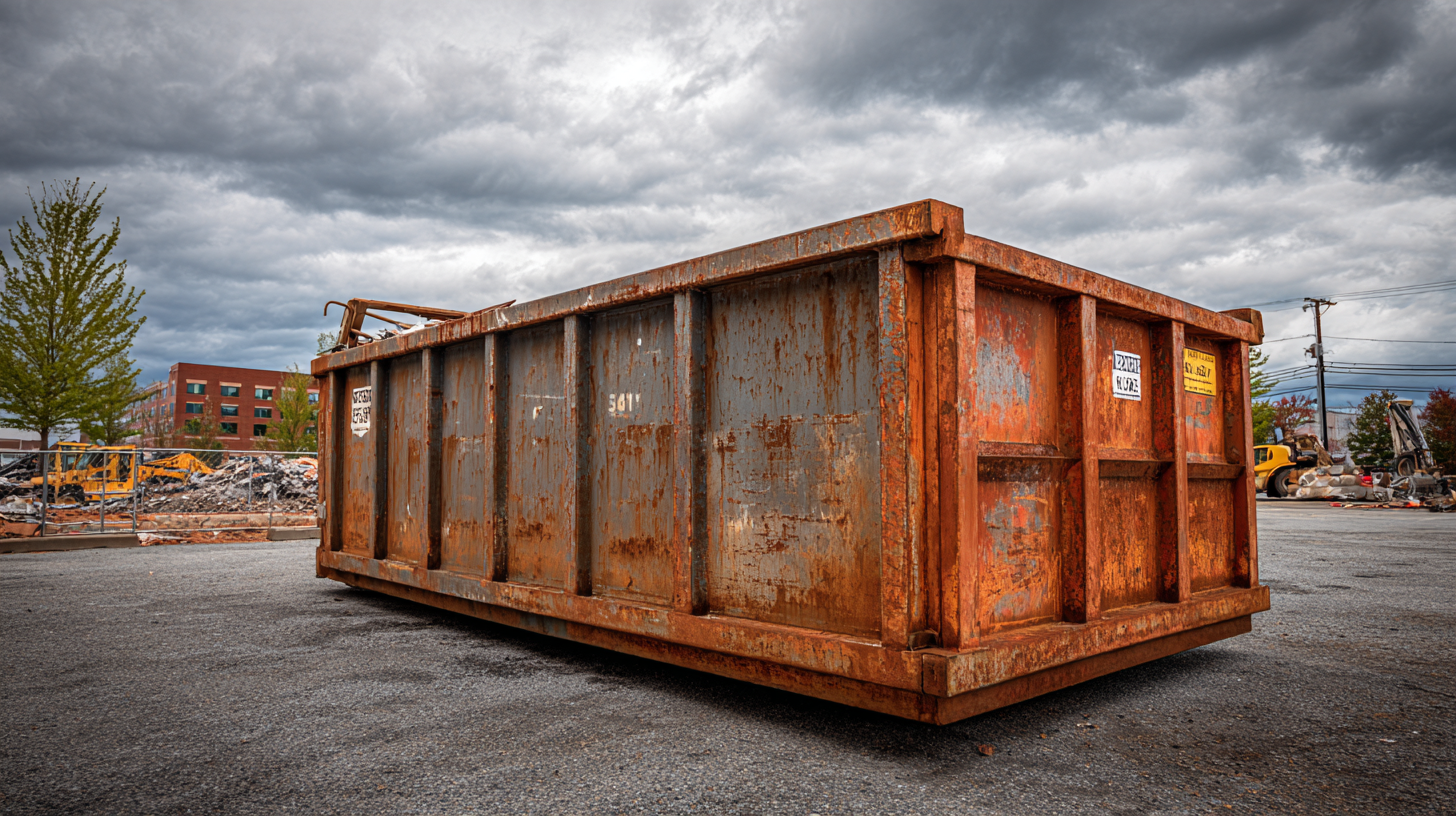
Cost Factors Influencing Dumpster Rental Rates Within the Construction Industry
When it comes to choosing the right construction waste dumpster for your project, understanding the cost factors influencing rental rates is crucial. Several elements can significantly affect the prices. Firstly, the size of the dumpster plays a pivotal role; larger dumpsters generally come with higher rental fees due to their capacity to hold more waste. Additionally, the duration of the rental period can influence overall costs—longer rentals may come with discounted rates, whereas short-term rentals might incur higher daily fees.
Moreover, location and accessibility also impact pricing. Urban areas may have higher rental costs due to increased demand and logistical challenges, whereas rural locations could be more cost-effective. Seasonal fluctuations can further affect costs, with peak construction seasons driving prices up. Understanding these factors can help in planning your budget effectively, ensuring that you select the most suitable dumpster for your construction needs without overspending.
Regulatory Compliance: Navigating Local Guidelines for Construction Waste Disposal
When navigating the complexities of construction waste disposal, regulatory compliance is paramount. Local guidelines play a crucial role in determining how waste is managed within specific jurisdictions. The Pennsylvania Department of Environmental Protection (DEP), for instance, focuses on protecting the environment from pollution through effective waste management rules. This includes ensuring that construction projects adhere to state regulations that aim to minimize air, land, and water contamination.
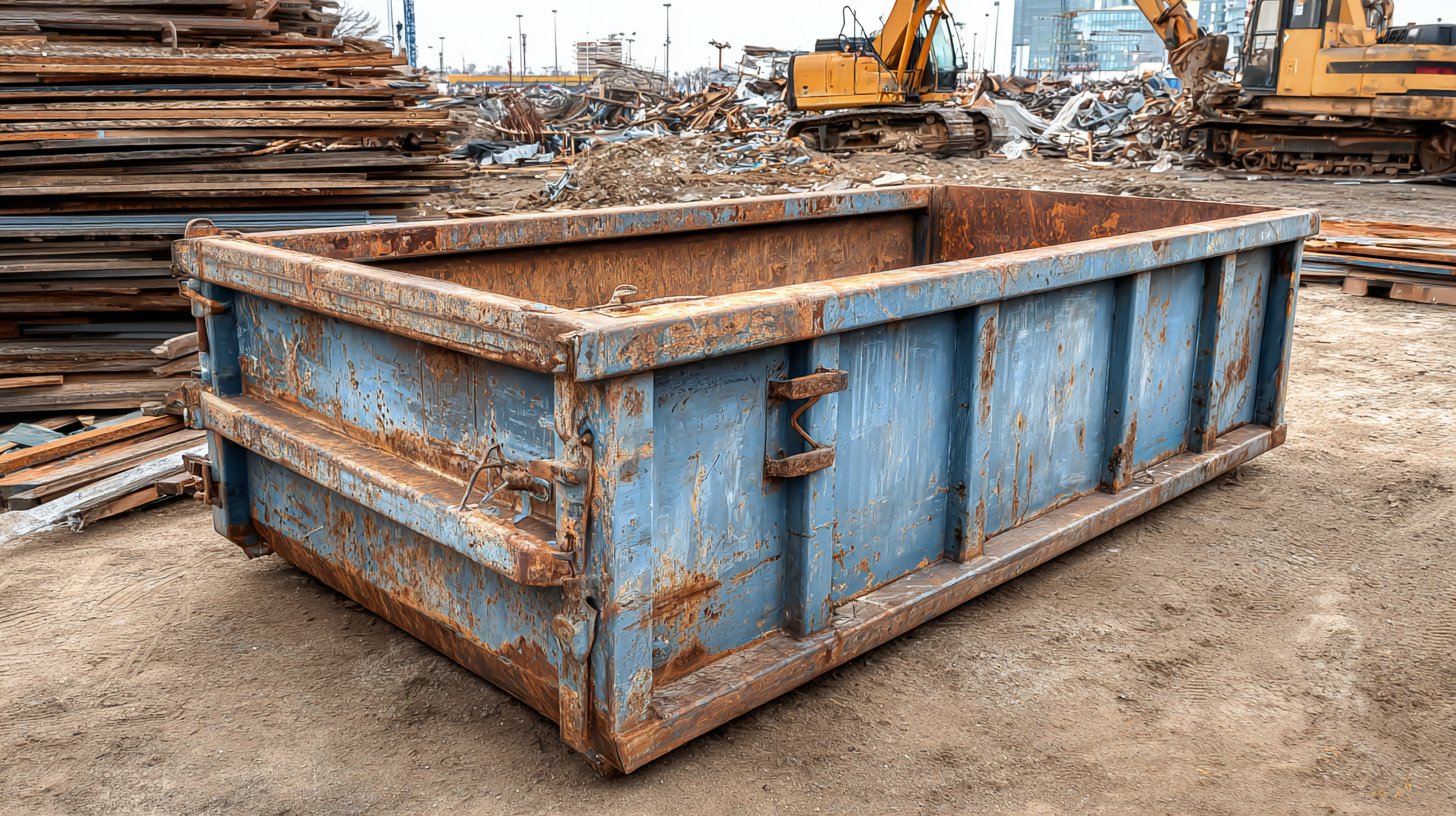
Related Posts
-

Transforming Spaces: The Rising Trend of Eco-Friendly Construction Containers in Modern Architecture
-
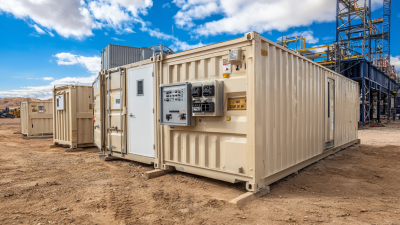
Transform Your Construction Site Efficiency with Innovative Storage Container Solutions
-
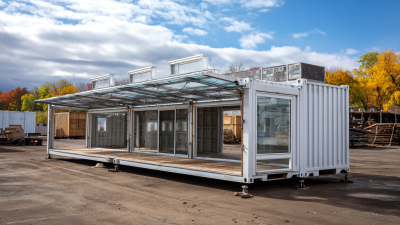
Innovative Uses of Construction Containers That Transform Projects and Save Costs
-
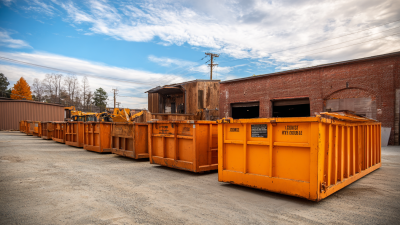
Understanding the Factors Influencing the Cost of Construction Dumpsters for Your Next Project
-

Maximizing Efficiency: The Essential Guide to Choosing the Right Construction Disposal Containers
-

Maximize Your Project Efficiency with Affordable Construction Waste Bin Rental Solutions
